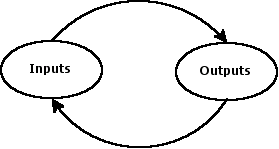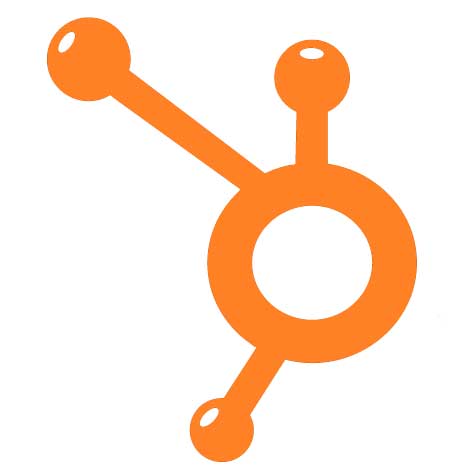Can You Stick Your Landing Pages?
Have you been in business all your life, but are new to social media? Have requests from your clients (or your kids) forced you into the 21st Century kicking and screaming? Does the terminology turn you to jelly or send you reaching into the liquor closet or the chocolate box or both?
Believe it or not much of this is so new that its just as new to the young entrepreneur as well.
Lets just look at some of the current terms and see if we cant turn them into plain language.
You have spent a lot of your marketing budget setting up your website. Your homepage looks real good and reminds you of the old newspaper ads of old. So why arent people converting using it?
Conversion is about keeping your customer focused. A homepage full of your products is the opposite of focus. Even if you only have one service for sale, your homepage is full of details, again the opposite of focus.
What you need are specific landing pages that you can manage and optimize in controlled isolation. Technically a landing page is any page on your website that customers arrive at or land on. It should be created as a standalone page, as a promotion specific site.
A landing page should have a few general properties:
- There should be no easy way to leave the page. This way customers are prevented from leaving the conversion path.
- There should be single entry paths, accessible only from promotion or campaign specific marketing links, like from Facebook, email or banner ads.
- There should be one conversion goal. The page has one purpose and usually a single, primary call to action.
So how do landing pages work?
- When you design a landing page that has only a single focused message, you create a simple experience that represents the expectation you created in your upstream ad.
- This focused message improves visitor conversion behavior and reduce the cost of paid advertising.
- By separating the landing page from the rest of your website, you can manage your operation more easily and be more responsive to the customer.
- A landing page is easier to experiment with to test and optimize. It doesnt affect the rest of the site.
- The landing page makes it easier to measure what works best, how it is being received and which channels perform best for inbound traffic sources.
Now that you have been introduced to this new part of your marketing techniques, do you think you are likely to use landing pages to focus your customers the way you want them to go?
Related articles
- Anatomy 101: Your Website's Landing Page Dissected! (cohousingblog.com)
- What Is a Landing Page and Why Should You Care (hubspot.com)
Share this
You May Also Like
These Related Stories
Two Landing Pages Properties and Five Ways They Work

Two Landing Pages Properties and Five Ways They Work
Sun, Jan 22, 2012 @ 05:36 PM
2
min read
Optimizing Traditional Landing Pages (1)


Optimizing Traditional Landing Pages (1)
Mon, Jun 27, 2011 @ 02:22 AM
2
min read
Your Website's Homepage Is A Landing Page. Sort Of.


Your Website's Homepage Is A Landing Page. Sort Of.
Wed, Apr 03, 2019 @ 01:27 PM
5
min read




No Comments Yet
Let us know what you think